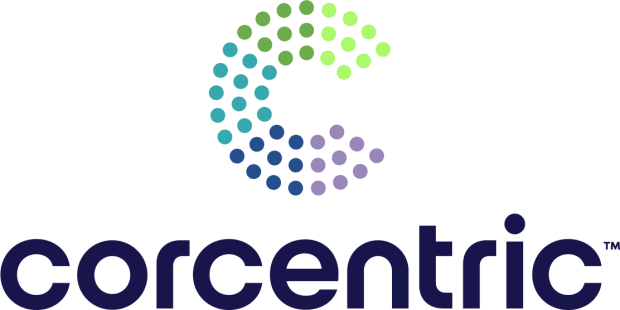Corcentric Appoints COO Matt Clark to CEO

Corcentric has named President and Chief Operating Officer Matt Clark to the company’s top job.
Clark, who has been with the procurement and finance solutions firm for 19 years, was appointed CEO Tuesday (July 11), taking over for his father, outgoing CEO Doug Clark, according to a press release.
“As president and COO, Matt has been instrumental in the rapid growth of Corcentric in recent years, ushering in increased revenue, new customers and executive team leadership, while integrating acquisitions that have solidified our market-leading technology and services,” Doug Clark said in the release. “His deep understanding of the industry along with Corcentric’s operations and people make this promotion a natural next step that will continue to propel the company to great success.”
Doug Clark — who has led the company since 1996 — will continue to serve as executive chairman of the Corcentic board, focusing on strategic initiatives, and serve as the liaison between that body and the management team, according to the release.
Based in Cherry Hill, New Jersey, Corcentric provides payments, procurement, accounts payable and accounts receivable solutions to enterprise and middle-market businesses, the release said.
The company is a regular collaborator in PYMNTS’ research, including February’s “Digital Payments: A Changing Economy Sparks New Priorities for Systems Spending.”
PYMNTS also spoke with Matt Clark late last month about the way companies are dealing with order-to-cash issues.
“Suppliers are left with so many different variations of how they have to transact with their customers that it’s almost become a full-time job for them to keep up with all the different levels of sophistication from fully integrated, automated, digitized down to smaller or less sophisticated customers that still require snail-mailed invoices and paper checks and things of that nature,” he said.
No matter how much a firm invests into its capabilities, it still must be able to speak the same language and effortlessly transact with the platforms and processes of its vendors, buyers and other parties involved in B2B transactions.
“It becomes somewhat of a staring contest, and usually whoever has the biggest stick makes the other party conform to the way they want to do it — which is not sustainable and causes a lot of pain and migraines for organizations,” Matt Clark said at the time.

